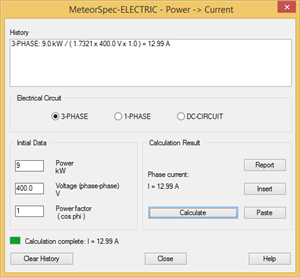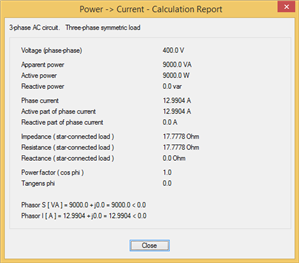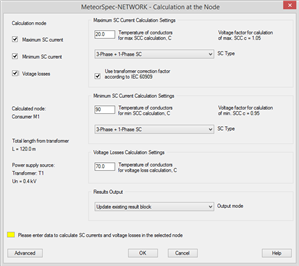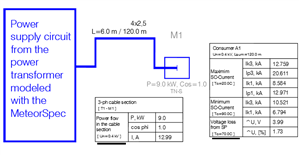
Same idea as these nasty devices not permitted in the UK
broadgage:
Yes, in the example given the line current will be about 13 amps. The exact calculated value will depend on whether 230 volts or 240 volts is assumed. The actual measured value will depend on mains voltage fluctuations and on manufacturing tolerances of the elements, what will be about 13 amps.
A 16 amp or a 20 amp MCB would be fine. I would prefer 20 amps because under worst case conditions the load current might be about 15 amps if the "3000 watt" elements were actually 3,150 watts due to manufacturing tolerances, and if they are designed for 230 volts and if the actual voltage was 250 volts.
Cheers. Assuming I went for the 20A MCB, would I then need a 32A Socket/Rotary Isolator? Or would a 16A Socket/Rotary Isolator be suitable?







calculate the minimum SC current at the immersion element. The calculated minimum SCC (rms value) allows to verify disconnection time of the MCB.

We're about to take you to the IET registration website. Don't worry though, you'll be sent straight back to the community after completing the registration.
Continue to the IET registration site